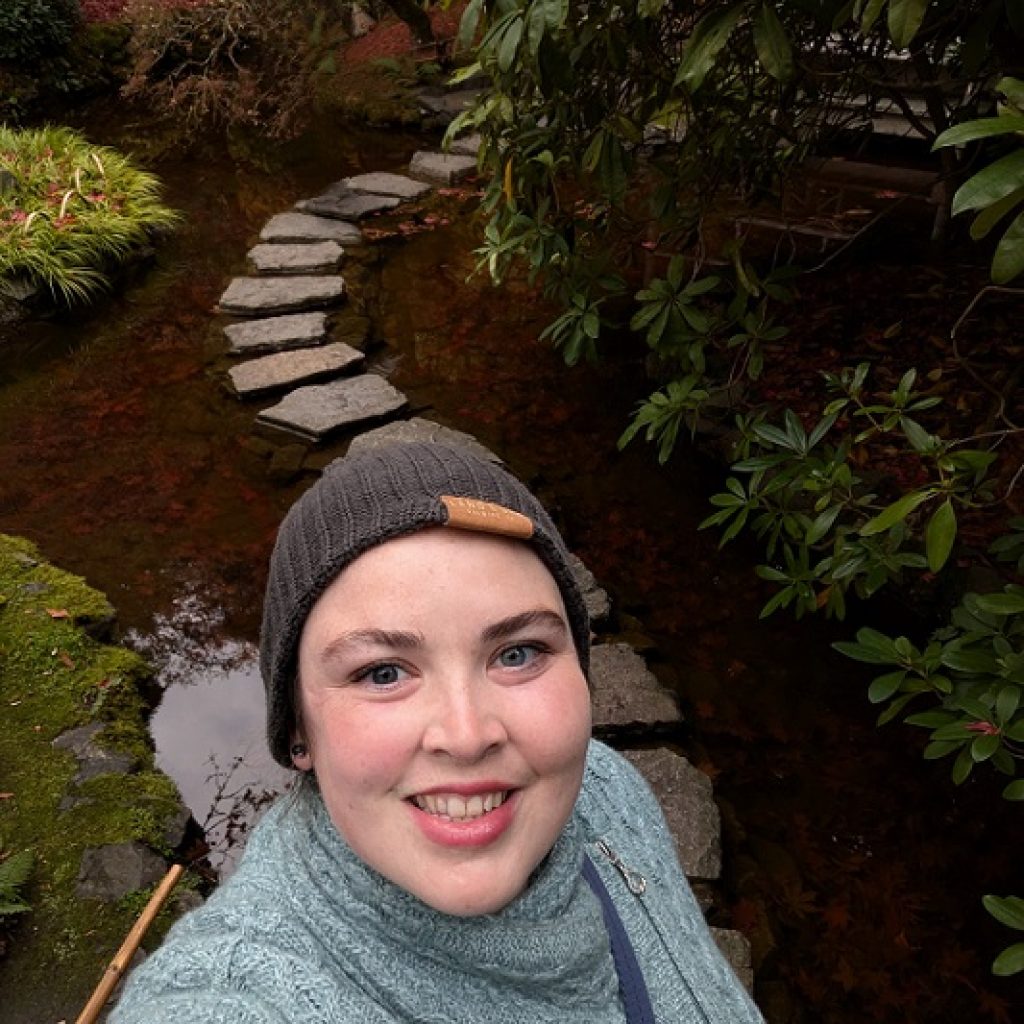In a continuation of our blogs on working with a rare disease, this month we are discussing some of the challenges presented by more office-typical workplaces.
As always these blogs are written from my perspective and experiences, so everyone will have different challenges, both from their own body experiences and based on co-workers, as they do make or break any experience. The other important thing to address before we begin is the definition I am using for office-typical workplaces, I am using this exceedingly broadly, I am not just including working in a cubicle, though I will touch on challenges there, but also including any workplace where you work with the same core or smaller group of people every day. The definition encompasses any work that does not involve dealing with the public frequently, as we discussed those jobs last month. So, with all of that, what are some of the challenges in office-typical workplaces?
For me one of the biggest challenges in any office-typical job is ergonomics. My condition involves hypermobility in my joints as well as the limb length difference throughout the body. This limb length difference has led to several injuries over the years to my ankles, knees, hips, and back. Additionally, the vascular malformation in my hands has limited my fine motor skills, meaning typing and writing are a challenge, especially for 8-10 hours a day. The combination of all of these factors is that sitting at a desk for long periods and using a computer is not very comfortable. It leads to a lot of bursts of work, followed by working the kinks out of the hands and body before beginning the loop again.
Many offices now have made real efforts to allow employees to have adaptations in the office to make office work more ergonomically comfortable. For individuals with similar needs to myself with fine motor issues, I have found the speech-to-text software a game-changing addition to any job or schooling that requires a large amount of typing. There is a steep learning curve to using speech-to-text such as remembering to say the words, “comma” “quote” and “period”. You also need to teach the technology your most common words and your cadence in speech. However, once this hurdle is overcome it is an amazing tool to make almost all computer tasks significantly less straining on the hands and wrists. In contrast to the adaptive technology for fine motor disability, I found the actual desk adaptions that reduce body strain were not very useful. Most adaptive chairs and foot lifts do not consider limb length discrepancy, and I found many of the adaptive chair backs put more pressure on my smaller side and made sitting worse. Sit-stand desks were an interesting attempt at solving some of these problems. They did help some of the hip and back pain, but I found they exacerbated knee and ankle pain. I also found the placement of the monitor at a standing desk was not ideal for my vision problems, neither did it have a comfortable keyboard placement. Overall, all desk usage seemed to be a balancing act of which adaptations helped, which hurt, and just knowing when it was time to go for a wander.
One of the benefits of working in a more office-typical workplace is usually you have one team or a couple of teams you work with all the time. This means that you often only have to describe your condition and answer questions a finite number of times, unlike a more public-facing job. This can mean dealing with far fewer questions about your condition over the long run. As long as you have a supportive and positive team, that is a relief in this style of job compared to a public-facing position where you are answering the same questions over and over again. If your co-workers are less than supportive however it often means you are trapped with those individuals in close working conditions with little break from their attitude.
Overall, any person picking a career or a job has many considerations, having a rare disease just adds a few more and some different situations to the list. My best advice is to take all the education work experiences you can, I completed multiple rounds of co-op education to try a variety of jobs including public-facing, office-typical, and even jobs on boats and in the rural areas of ecosystem science. All of these job opportunities gave me chances to try and find things that worked or didn’t work and to consider whether I enjoyed the available adaptations or tried new ones. In the end, stay open to new experiences enjoy what you can do, look for possible adaptations to work around the things you can’t, and always feel free to reach out for help when needed.
